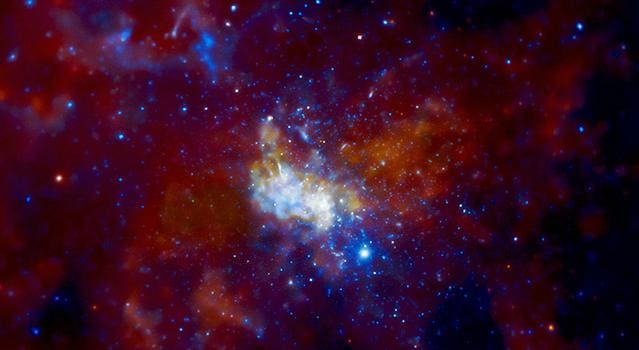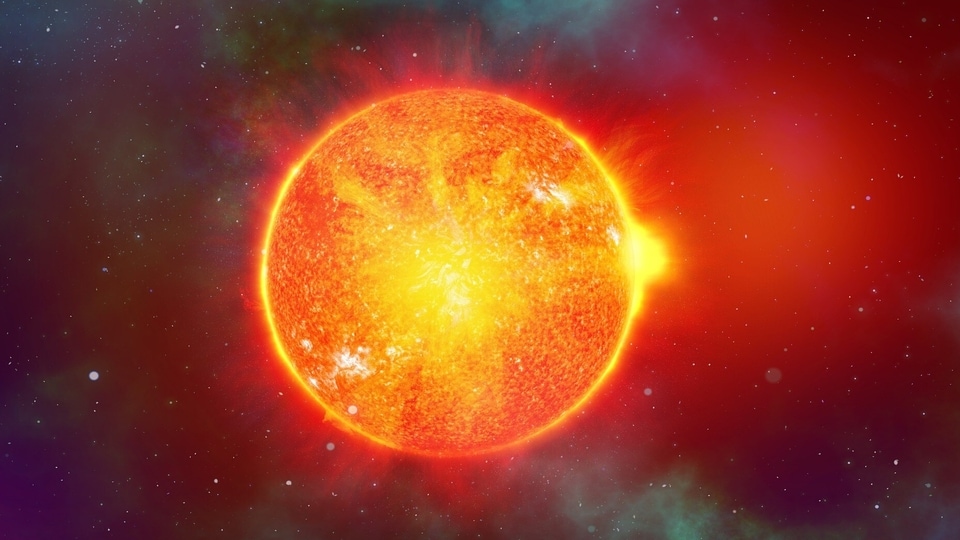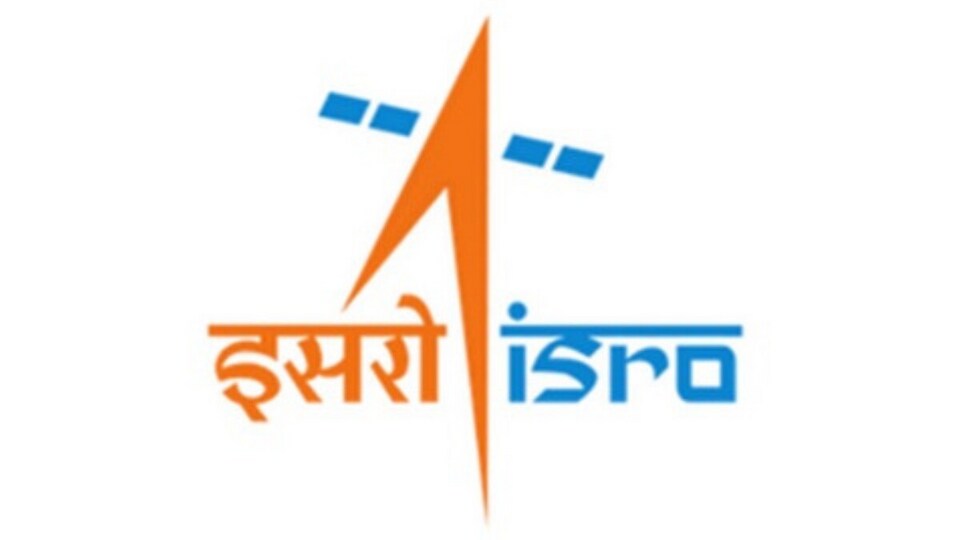India can capture 8% of world space economy, but ISRO, pvt sector must do this first
Hard work by private sector, ISRO could see India capture 8% of global space economy:Officia






 View all Images
View all ImagesIndia's space sector accounts for two per cent of the global space economy, but can aim to touch eight per cent on the back of hard work by the private sector with hand holding from space agency ISRO, a top official has said.
The new space policy, which is expected to be unveiled soon, will remove most of the constraints faced by private players, who can look forward to building satellites, leasing out transponders, building launch vehicles and exploring the world of space-based applications.
“The most important objective of the space policy is to promote and facilitate the private sector playing a key role in the space sector,” Pawan Kumar Goenka, Chairman, Indian National Space Promotion and Authorisation Centre (IN-SPACe) told PTI.
Goenka said the Indian Space Research Organisation (ISRO) could play more of a role in development of technology, ecosystem and infrastructure to drive the commercial aspect of the space sector.
“India has an appetite for space. We have 100 start-ups of which two-thirds have been established in the last two years,” he said.
Goenka said India can aspire to become a satellite manufacturing hub and a launchpad for the world with a variety of rockets ranging from the Small Satellite Launch Vehicle to the Geosynchronous Satellite Launch Vehicle.
IN-SPACe was set up in 2020 as a single-window, independent, nodal agency to promote and enhance the role of private industry players in the space sector.
It was also tasked with authorising the use of ISRO facilities by private companies, development of Indian satellite systems, and launch of rockets developed by the private sector.
Goenka said in the US, the transition from NASA to the private sector took nearly a decade and with the opening up of the space sector, India can aspire to reach where the US stands today in the next 10-15 years.
Since the opening up of the space sector, India's newest space public sector undertaking NewSpace India Limited (NSIL) undertook the launch of its first dedicated commercial satellite – GSAT-24 – on June 22.
The NSIL had leased out the entire satellite capacity to Tata Play for a period of 15 years.
The NSIL carried out its second dedicated commercial mission on June 30 when the Polar Satellite Launch Vehicle (PSLV) put in orbit three satellites for Singapore-based entities. It also carried payloads of two Indian start-ups – Dhruva Space and Digantara – which were authorised by IN-SPACe.
“Start-ups need more help with technology and accessing the ecosystem of ISRO. We will look at that,” Goenka said.
He said large companies that have been vendors to ISRO could also take up bigger challenges such as building large launch vehicles such as PSLV and GSLV and also consider mentoring start-ups.
Goenka said ISRO was also expanding its launch facilities by developing a third launchpad at Sriharikota and another spaceport in Tuticorin district of Tamil Nadu.
Catch all the Latest Tech News, Mobile News, Laptop News, Gaming news, Wearables News , How To News, also keep up with us on Whatsapp channel,Twitter, Facebook, Google News, and Instagram. For our latest videos, subscribe to our YouTube channel.

























